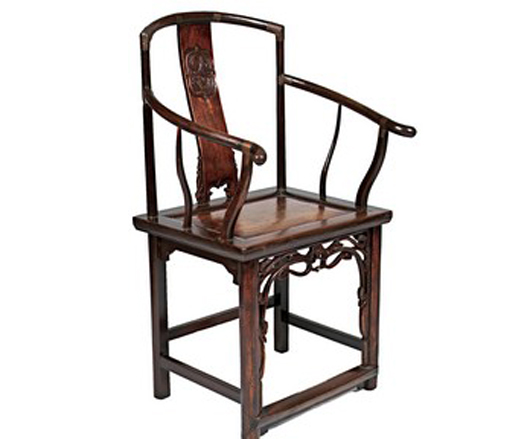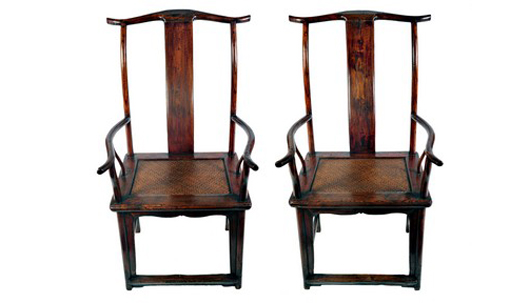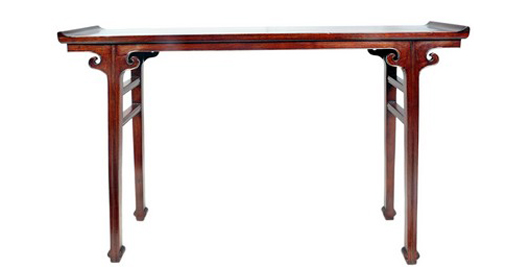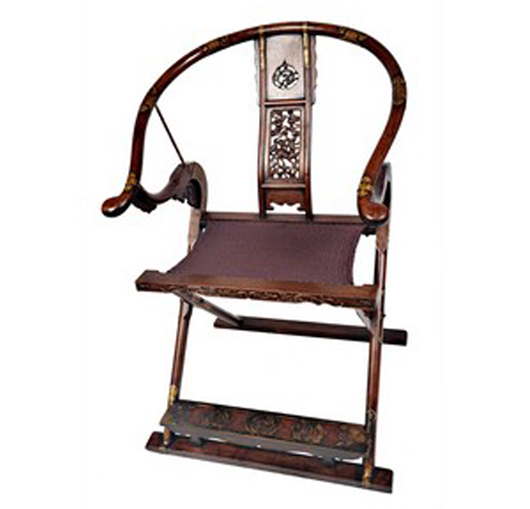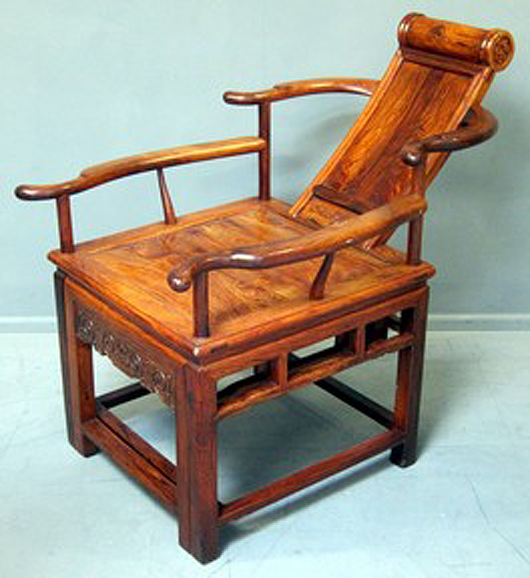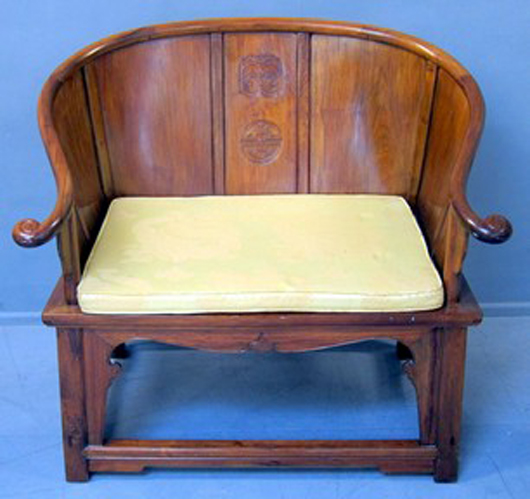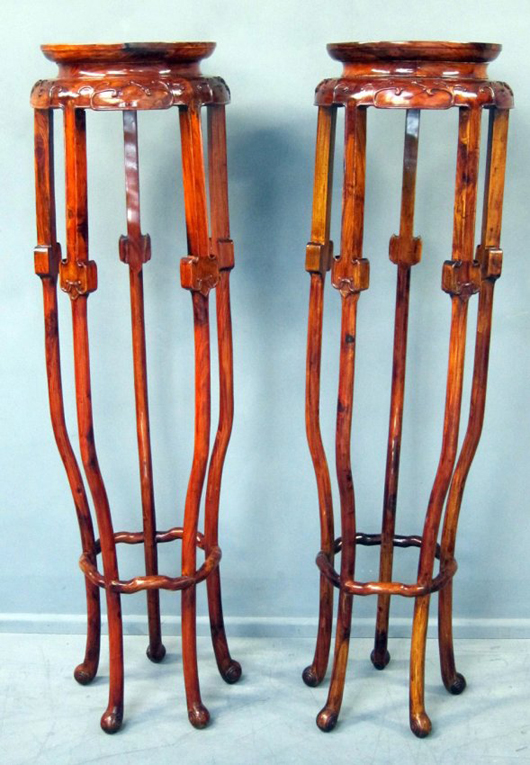
LONDON – If I understood the antique furniture market just now, I could be a rich man. On the one hand, the brown Georgian and Victorian stuff remains hard to sell. Dealers and the general public seem not to want it, despite its obvious quality, and so prices are depressed.
As if to illustrate the fact, on a recent visit to our local saleroom, we noticed that a lovely little Georgian foldover tea table we had admired presale had failed to find a buyer. We bought it for £80. Frankly, we don’t have room for it, but there was a time when such tables were worth three or four times that amount, so I’m viewing it as a long-term investment.
At another sale we witnessed, the opposite seemed to be the case. A pretty but late 19th century French kingwood escritoire painted with lovers being serenaded in a landscape setting was estimated at £800-1,200, but sold for £5,400.
Intended as a lady’s writing desk, it had gilt metal mounts, a fitted interior and stood on cabriole legs. No fewer than 10 telephone bidders competed for its ownership, because, according to the auctioneer, its highly decorative design is currently popular.
Contrast it then with the pieces pictured here. They are examples of classical Chinese antiques, the popularity of which seems currently to have no bounds. Decorative is not part of the vocabulary used to describe them but buyers are clamouring for them, particularly Chinese collectors looking to repatriate pieces exported in the last century.
Part of the answer is the demand for pieces made from huanghuali, an indigenous wood, also known as “yellow flowering pear.” This type of rosewood was prized in furniture of the Ming dynasty (1368-1644) and early years of the Qing dynasty (1644-1912) appreciated for its color, its scent and its distinctive grain, while its hardness allowed craftsmen to create elegant, slender yet strong pieces.
Shanxi Province, located in Northern China in the Yellow River valley west of the Taihang Mountains – its name means “west of the mountain” – is a region renowned for its fine furniture, its craftsmen adopting late Ming minimalism, and subsequently the more intricate late Qing styles. It was then that furniture design reached its zenith.
Nobles, court officials and wealthy families were the only groups of people able to afford hardwood furniture and aside from huanghuali, red sandalwood was the most expensive, its dense texture and hardness making it ideal to withstand the test of time. Other woods used were pear, rosewood, ebony and nanmu, a softer but still highly durable wood also used for boat building.
Purity of line, devotion to detail, and flawless construction produced pieces that exhibit restraint and dignity. No glue or nails were used in their construction and no real measurement, just the eye of master craftsmen, meaning that no two pieces are identical – except of course in the case, say, of a pair of plant stands. These would be an exact mirror of each other.
Chairs are perhaps the most sculptural pieces. In the Han Dynasty (206 B.C.-A.D. 220) people sat, slept and ate on mats on the floor. Elevated seating began with the introduction of the stool, probably by Buddhist monks from India. Woodblock prints and paintings from the Tang Dynasty (A.D. 618- 907) show stools, side chairs, and yoke and round-back armchairs, all of which were refined during the Ming period.
The opening up of maritime trade after the end of the embargo in 1567 saw hardwoods flood in from South Asia, giving craftsmen the opportunity to exploit their high tensile strength and create more delicate and elegantly beautiful but still restrained pieces.
This period coincided with the development of a hierarchical society under the emperor and the rise of an elite scholarly class of intellectuals and mandarins who served him. With the job came security, wealth and power and the development of a rank of importance, reflected in where each sat in court in relation to the emperor and the chair they sat upon.
Interestingly, this did not necessarily mean that the more important you were, the more comfortable your chair became. Upholstery was never employed in antique Chinese chairs, the only concession to comfort being the woven cane seats or rich but loose fitting fabrics.
Homes, meanwhile, also reflected position and were furnished with tables for use at banquets, to study, paint and write and as stands for incense, wine, music or plants or to hold choice antiques, ancestral relics, or simply flowers. Such tables were flanked at each end by an armchair to be made available to honoured guests.
As with all other Chinese works of art, chairs and other pieces of furniture are a rich source of symbolism. The most common and perhaps most important of these techniques was to use carving, both relief and openwork. This would be applied not only to doors and larger panels, but also to aprons, spandrels and other areas of a piece.
The list is exhaustive. The most popular symbol was the “fu” character for good luck, which was very frequently used on the backs of chairs. Others include the “shou” for longevity and “wan” (an inverse swastika) for immortality, while, for example, the lion signifies power and protection; the crane wisdom; the dragon royal authority and male fertility and the peony wealth and high rank.
A chance to learn more about antique Chinese furniture will be offered during an exhibition titled “George Meets the Dragon” at dealers W.R. Harvey & Co, in Witney, Oxfordshire. It will show furniture and works of art from the reigns of seven monarchs and mandarins in China and Great Britain from the 18th and 19th centuries, the pieces standing side by side to illustrate how, despite being from such different cultures, they complement each other in style and designs and work well together in contemporary homes.
The Chinese furniture is from the Fitzsimmons Collection, belonging to Sharon Fitzsimmons, a noted expert who will be presenting a series of Sunday afternoon lectures throughout November. Further details and invitations from W.R.Harvey Antiques, telephone 01993 706501.

ADDITIONAL IMAGES OF NOTE
